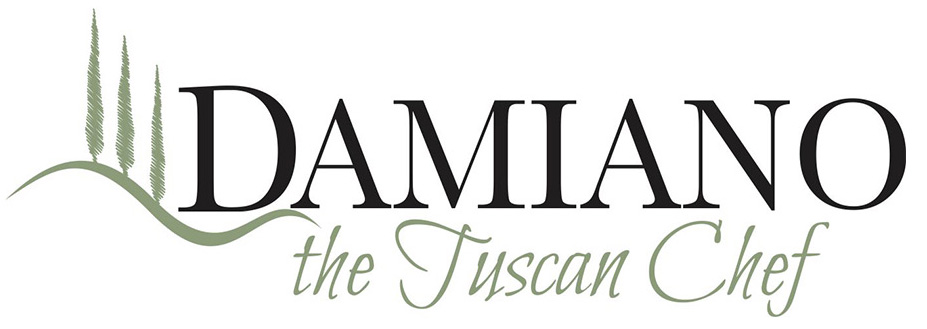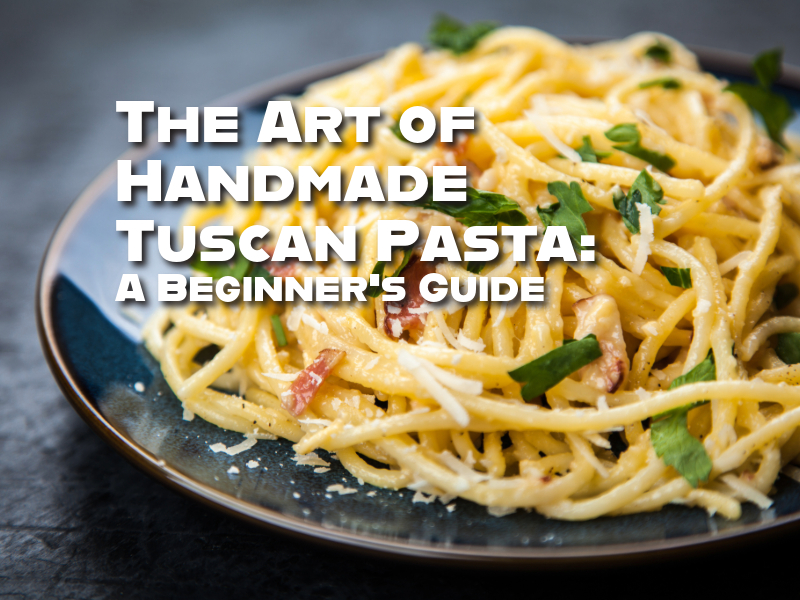Imagine the aroma of freshly cooked pasta, the silky texture, the burst of flavor. There’s nothing quite like handmade Tuscan pasta. It’s a culinary art that has been passed down through generations, and it’s easier to master than you might think.
A Brief History of Tuscan Pasta
Tuscan pasta has a rich history dating back to the Etruscan civilization, who inhabited the region centuries ago. Over time, it evolved, influenced by Roman, Arab, and Byzantine cultures. Tuscan cuisine is known for its simplicity and focus on quality ingredients, which is reflected in its pasta dishes.
Essential Ingredients
The foundation of Tuscan pasta lies in the quality of its ingredients. Here’s what you’ll need:
Flour: A blend of 00 flour and semolina flour.
Eggs: Fresh, large eggs.
Water: Optional, but can help hydrate the dough.
Salt: A pinch for flavor.
Olive oil: Optional, for richness.
Making the Dough

Create a well: Pour the flour into a mound and make a well in the center.
Add the eggs: Crack them in, add salt, and a splash of olive oil (if using).
Mix and knead: Use a fork to start mixing, then switch to your hands. Knead until smooth and elastic (about 10-15 minutes).
Rest: Cover the dough and let it rest for at least 30 minutes.
Rolling Out the Dough

Divide: Cut the dough into smaller pieces.
Roll: Roll out the dough until it’s thin but not tearing. Use a pasta machine or a rolling pin.
Shaping Tuscan Pasta

Tuscan cuisine is famous for its rustic, hand-shaped pastas. Here are two iconic shapes:
Pappardelle: Wide, flat ribbons perfect for rich sauces like wild boar ragu.
Pici: Thick, hand-rolled strands similar to spaghetti.
Cooking Your Fresh Pasta

Boil salted water.
Cook: Gently add the pasta and cook for 2-3 minutes for pappardelle or 4-5 minutes for pici.
Drain: Drain the pasta, reserving some cooking water for the sauce.
Pairing with Sauces
Tuscan pasta pairs well with a variety of sauces. Here are some classic combinations:
Pappardelle al Cinghiale: Wild boar ragu
Pici all’Aglione: Garlic tomato sauce
Pici Cacio e Pepe: Creamy, peppery cheese sauce
Tips from a Pro
Use room-temperature ingredients.
Don’t skip the resting stage.
Cook in small batches.
Experiment with different flour blends.
Don’t be afraid to get creative with shapes.
Beyond the Basics: Exploring Regional Variations
Tuscan cuisine offers many regional variations of pasta. Some popular shapes include tagliatelle, maltagliati, and garganelli.
Mastering the Art of Pasta Making: A Deeper Dive
While the basics of making Tuscan pasta are relatively simple, mastering the craft requires practice and experimentation. Here are some additional tips to help you elevate your pasta-making skills:
Invest in quality tools: A good pasta machine or rolling pin can make a big difference.
Learn to recognize the perfect texture: Pasta should be al dente, meaning it has a slight bite.
Experiment with different flour blends: The ratio of 00 flour to semolina flour can affect the texture and elasticity of the pasta.
Don’t be afraid to try new shapes: There are countless pasta shapes to explore beyond pappardelle and pici.
Practice, practice, practice: Like any skill, pasta making takes time and practice to master.
Conclusion
Making handmade Tuscan pasta is a rewarding experience that allows you to connect with a centuries-old tradition. With a little practice, you’ll be serving up delicious, fresh pasta that rivals any restaurant. So roll up your sleeves, gather your ingredients, and embark on this culinary adventure. Remember, the best pasta is the pasta you make yourself!

